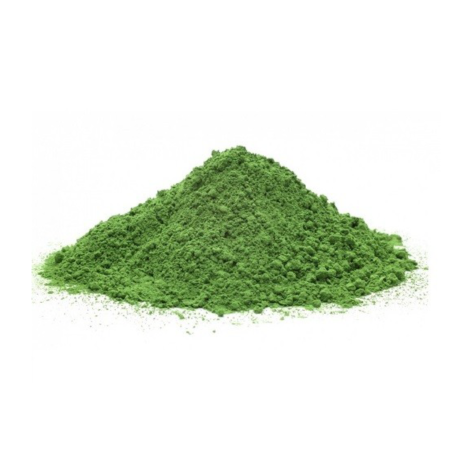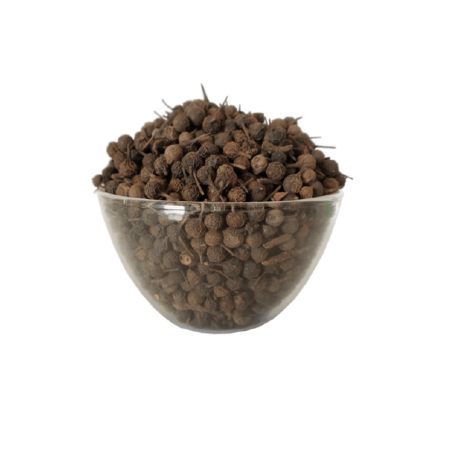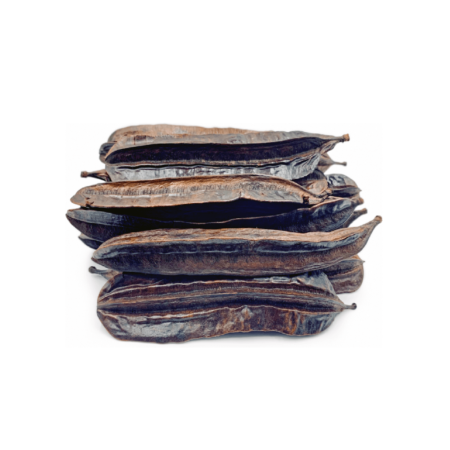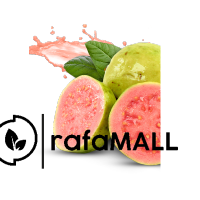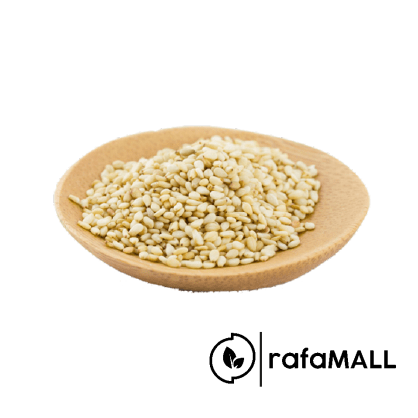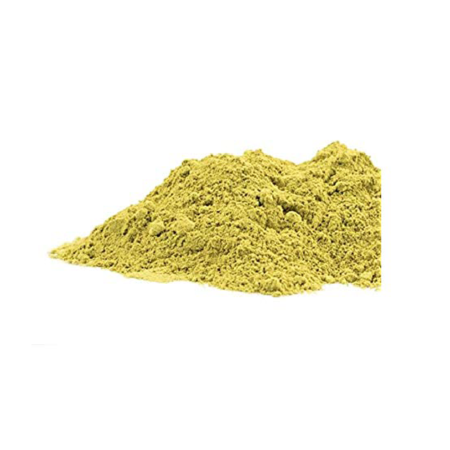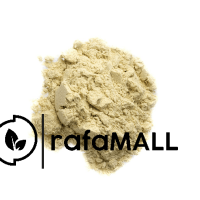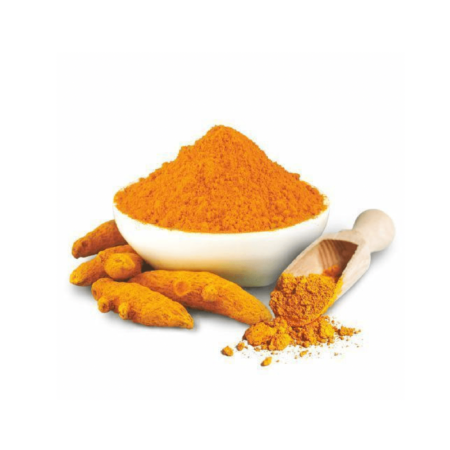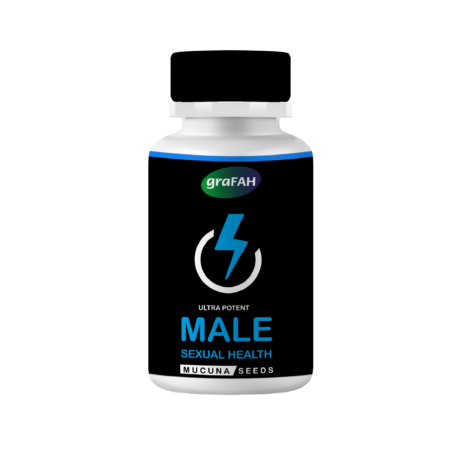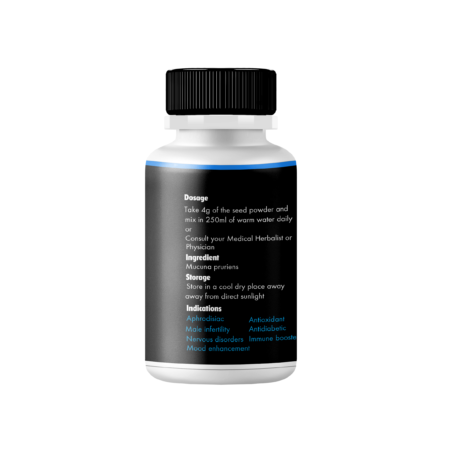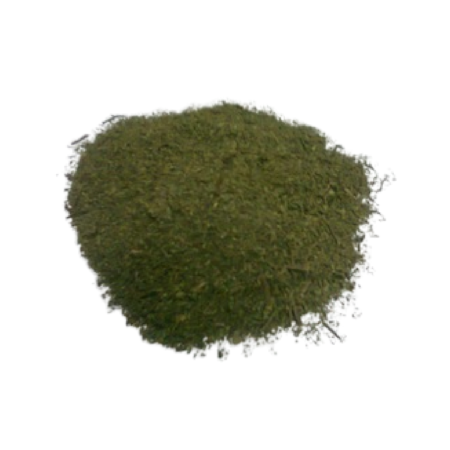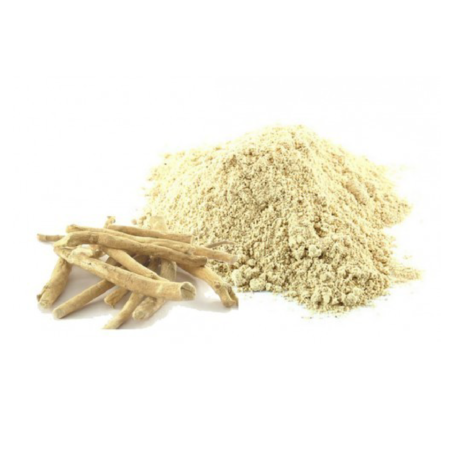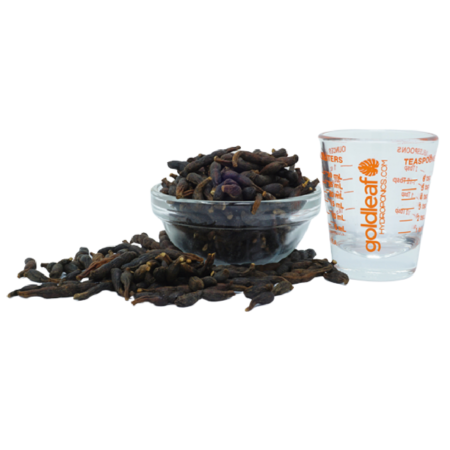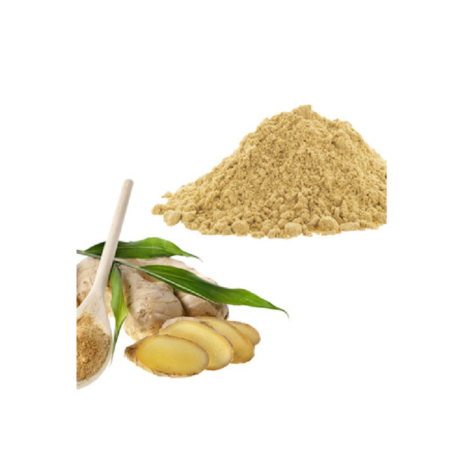-
Phyllanthus niruri (akan:Bowomaguwoakyi) leaf-100g
₵25.00₵24.00 Sold By: GMF StorePhyllanthus consists of the fresh or dried leafy tops of Phylanthus niruri. A glabrous annual herb 30-50cm high with grooved stem; slightly winged branchless; leaves simple, alternate and distichous, oblong-elleptical rounded at both ends. It is considered to be useful in the treatment of thirst, bronchitis, leprosy, anaemia, urinary discharge, anuria, biliousness, asthma, hiccups. The plant is used to treat syphilitic blennorrhoea. The root is diuretic. It is used to remove bladder stones, and is a remedy for jaundice. An infusion of the tender fresh roots is valuable in the treatment of chronic dysentery
-
Piper guineense (Black Pepper)-100g
₵12.00₵10.00 Sold By: GMF StoreBlack pepper consists of the dried matured fruits of Piper guineense. A twisted, perennial vine that grows up to 12m high on trees. The plant is a popular spice in Africa, where it is often harvested from the wild, semi-cultivated and sometimes also cultivated for use both as a spice and also as a medicine. The fruits and leaves are used fresh and dried as components of medicinal preparations. The roots are chewed and the juice swallowed as an aphrodisiac
-
Prekese- 500g
₵30.00₵25.00 Sold By: GMF StoreEthnomedical uses
The plant is claimed to be therapeutically useful in the management of convulsion, leprosy, oedema, rheumatic pains, asthma, female
sterility and inflammation. Bark decoction is used for cough, bronchitis, menstrual pains, and arthritis while the root decoction is used for
jaundice. Aqueous extract of the pod is used as anticonvulsant whilst its paste is used to treat rheumatism. The intense odor on roasting is claimed to have insect- and snake-repellent properties (Gill, 1992). In some parts of West Africa, the fruit serves as a spice or as a source of multivitamins. In eastern parts of Nigeria, fruits are used to prepare soups for mothers from the first day of delivery to prevent
postpartum contraction. -
Psidium guajava (Guava) – 150g
₵15.00₵10.00 Sold By: GMF StoreA tree 34 m high; smooth bark peels off in thin strips; leaves opposite, up to 15 cm long, 5 cm broad, veins prominent on lower surface.A very popular fruit crop, widely eaten in many areas of the world. The plant also has a wide range of traditional medicinal uses and is the source of vaarious commodities. Very high in vitamin C, it is also a good source of vitamin A and pectin. The fruit makes a very nice jam and can also be pureed then added to a range of desserts. Research has shown that guava leaf has antioxidant effects beneficial to the heart, i.e. cardioprotective properties and improved myocardial function. In two randomized human studies, the consumption of guava fruit for 12 weeks was shown to reduce blood pressure by an average 8 points, decrease total cholesterol levels by 9%, decrease triglycerides by almost 8%, and increase HDL cholesterol by 8% (Jimenez-Escrig, et al., 2001; Conde, et al., 2003). In other animal studies guava leaf extracts showed demonstrable analgesic, sedative, and central nervous system (CNS) depressant activity, as well as cough suppressant actions (Jaiarj et al., 1999; Singh et al., 1993; Singh et al., 1992; Shaheen et al., 2000).
-
-
Sphenocentrum jollyanum roots- 150g
₵25.50₵20.77 Sold By: GMF StoreIt consists of the dried roots of Sphenocentrum jollyanum. Sphenocentrum jollyanum is a perennial under growth of dense forest. It grows to an average height of about 1.5 m, with few scanty branches. S. jollyanum leaves are wedge-shaped, about 5–12 cm wide, smooth on both sides, and can grow up to about 20 cm long with a small-arrowed apex.
The root is used as an aphrodisiac tonic for men. The sap from chewing sticks made from the root is believed to relieve stomach-ache and constipation, and to boost appetite and sexual drive. Sphenocentrum jollyanum has shown anti-oxidant, anti-angiogenic, anti-inflammatory, antipyretic, antinociceptive, antitumor, antiviral, laxative, stomachic, tonic and aphrodisiac activities.
-
Toa ntini (Paulinia pinnata) roots – 150g
₵29.00₵25.00 Sold By: GMF StoreA woody or sub-woody climber with tendrils at the nodes; stem ridged; leaves imparipinnate (2-pairs and odd one) both rachis and petiole conspicuously winged.
The crude hot aqueous extract of the whole plant dose-dependently exhibited antimalarial activity by inhibiting the growth of Plasmodium falciparum (Gbeasor et al., 1989).
Extracts of various morphological parts of P. pinnata obtained by using the traditional method of preparation showed broad-spectrum antibacterial effects (Annan and Houghton). Broadbent (1962) observed that Paullinia-tannin has cardiotonic action. The compound increased diastolic tonus and coronary blood flow in isolated perfused mammalian heart.
-
-
Velvet Bean-350g
₵50.00₵40.88 Sold By: GMF StoreMucuna pruriens (Velvet bean) is an established herbal drug used for the management of male infertility, nervous disorders, and also as an aphrodisiac. It has been shown that its seeds are potentially of substantial medicinal importance. The ancient Indian medical system, Ayurveda, traditionally used Velvet bean, even to treat such things as Parkinson’s disease. Velvet bean has been shown to have anti-parkinson and neuroprotective effects, which may be related to its anti-oxidant activity. It is a good source of L-DOPA as well as anti-diabetic.
-
Vernonia amygdalina (Bitter leaf) – 250g
₵35.00₵30.80 Sold By: GMF StoreBitter leaf consists of the fresh or dried leaves of Vernonia amygdalina .A shrub or small tree, 2-5 m high with striate pubescent branches, becoming glabrous on maturity; leaves alternate, obovate-lanceolate, entire or finely toothed. Bitterleaf is a highly appreciated vegetable in West and Central Africa and can be consumed in various dishes. Leaf decoctions are used to treat fever, malaria, diarrhoea, dysentery, hepatitis and cough, as a laxative and as a fertility inducer. One of the most common medicinal uses of Vernonia amygdalina is as a treatment against intestinal worms including nematodes. In Zimbabwe a root infusion is used to treat sexually transmitted diseases. The bitterness is caused by sesquiterpene lactones (e.g. vernodalin, vernolepin and vernomygdin) and steroid glucosides (vernoniosides). Some of these compounds have significant antiparasitic activity, especially vernodalin and vernonioside B1. Vernolepin showed platelet anti-aggregating properties. Vernodalin and vernomygdin have cytotoxic activity.Aqueous leaf extracts containing the peptides, edotides, have been found to be potent inhibitors of mitogen-activated protein kinases (MAPK), important agents for the growth of breast cancer cells; the anti-oestrogen drug, tamoxifen, is known to be an MAPK modulator (Atanaskova et al., 2002; Mandlekar and Kong, 2001). Leaf extracts showed inhibitory activity against Trichomonas vaginalis (Hakizamungu et al., 1992) and the aqueous leaf extracts caused reductions in blood sugar levels of normoglycaemic and alloxan diabetic rabbits (Akah andOkafor, 1992).
-
Voacanga africana (: Beda) – 150g
₵30.50₵30.00 Sold By: GMF StoreVoacanga africana is an evergreen shrub or tree growing from 1 – 11 metres tall and branching from low down. The bole can be 2 – 30cm in diameter. The tree has a long history of traditional medicinal use in Africa, where it also supplies food and a range of commodities. A bark or root-decoction is used to treat heart-troubles.
-
Xylopia aethiopica(Akan-Hwentia)-100g
₵40.50₵35.80 Sold By: GMF StoreXylopia consists of dried matured fruits of Xylopia aethiopica. An evergreen, aromatic tree growing up to 15m high; bark slightly ridged. A fruit extract, or a decoction of the bark, is useful in the treatment of bronchitis and dysenteric conditions. It is also used as a medicine for biliousness and febrile pains. The fruit is anthelmintic, antitussive, carminative, emmenagogue, purgative and a rubefacient to counter pain. The fruits are particularly recommended as a tonic both for women who wish to improve their fertility and for those who have recently given birth. The plant is said to contain anonaceine, which is an alkaloid resembling morphine in action according to some authorities, and according to others is a glycoside. The fruit contains a volatile aromatic oil, a fixed oil and rutin
-
Zingiber officinale (Ginger) – 100g
₵5.50₵5.00 Sold By: GMF StoreGinger consists of scraped or unscraped rhizomes of Zingiber officinale. An herbaceous perennial with fleshy creeping rhizome and leafy stem, leaves distichous and subsessile on the sheaths. The root is rich in volatile oils, gingerols and shogaols. The shogaols are only produced when the root is dried, as a breakdown substance of the gingerols. In vitro studies have shown that many constituents of ginger have antiinflammatory properties (Grzanna et al, 2005; Srivastava and Mustafa, 1989);
- Animal Health
- Anti diabetics
- Anti Lipidemics
- Anti malaria
- Anti Typhoid
- Blood boosters
- Cardiovascular health
- Detoxifiers
- Digestive Health
- Fitness And Sport Nutrition
- Fixed and Essential Oils
- Fruits and Vegetables
- Health Foods And Drinks
- Health Stationery
- Herbal remedies
- Homeopathy
- Immune booster
- Liver Health
- Medical Laboratory Equipment
- Men Health
- Natural Beauty And Personal Care
- Nervous Disorders
- Oral Health
- Other Products
- Pain and inflammation
- Plant Seedlings
- Pure Herbs
- Regenerative Medicine
- Respiratory Tract Health
- Skin Infections
- Sleep And Mood
- Supplement
- Traditional Chinese Medicine
- Ulcers
- Veneral Diseases
- Vitamins and Supplements
- Weight Loss Management
- Women Health

